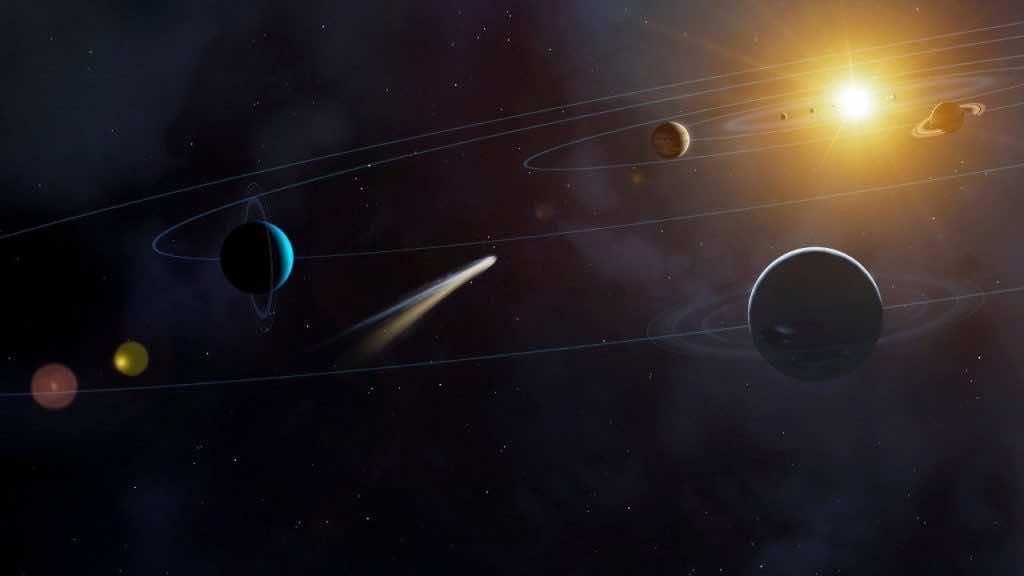Astronomers detect all sorts of ridiculous things zipping past Earth all the time. But recently, they were stunned when they caught sight of the largest comet they had ever seen.
A giant comet, arguably the largest discovered in modern times, is on its way toward the sun and will make its closest approach to Earth in 2031.

The comet was discovered by Penn State astronomers Pedro Bernardinelli and Gary Bernstein and has now been named after them. It is speculated that Bernardinelli-Bernstein is between 62 and 125 miles (100-200 km) long, making it 1,000 times bigger than a basic comet.
“With a reasonable degree of certainty, it’s the biggest comet that we’ve ever seen,” Colin Snodgrass, an astronomer at the University of Edinburgh, told the New York Times.
The comet probably came from the Oort Cloud of icy bodies, which is believed to be a giant spherical shell surrounding the solar system. Most long-period comets such as this one come from the Oort Cloud, according to NASA. The comet, also called Comet C/2014 UN271, was seen. The credit goes to Dark Energy Survey (DES) that uses a unique telescope at Cerro Tololo Inter-American Observatory (CTIO) in Chile to shoot distant space objects.

Comet Bernardinelli-Bernstein is closer to the sun than the first time it was spotted in 2014 by DES. According to the astronomers, it will get closest to the Earth by 2031.
“Comets’ behaviour is tough to predict. It’s even harder than predicting the 76ers’ playoff performance,” said in a statement Bernstein. “Despite the comet’s great size, it won’t get close enough to Earth to be visible to the naked eye.”
Researchers say that people hoping to see the comet would essentially need a good quality standard telescope.

“We have the privilege of having discovered perhaps the largest comet ever seen, or at least bigger than any well-studied one, and caught it early enough for people to watch it evolve as it approaches and warms up,” added Bernstein. “It has not visited the planets in more than 3 million years.”
DES aims to discover millions of galaxies across one-eighth of the entire sky.


